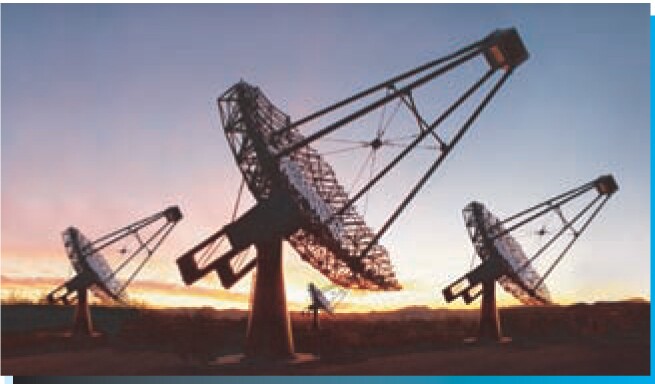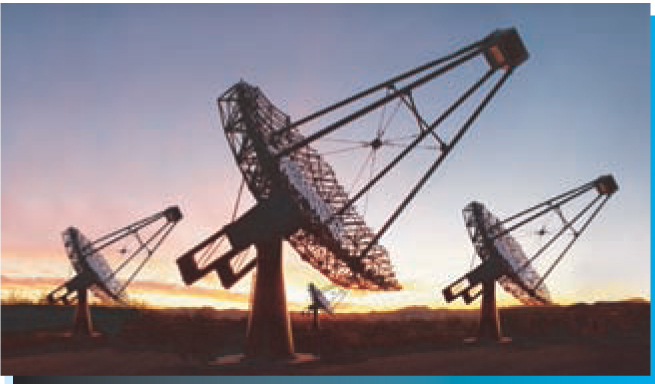VERITAS Variation
DOI: 10.1063/1.2408554
In offering a home on Kitt Peak, Arizona, to the Very Energetic Radiation Imaging Telescope Array System (VERITAS), the National Optical Astronomy Observatory has come to the rescue of the gamma-ray detector, whose earlier proposed site was blocked last year by the US Forest Service after appeals by Native Americans and environmentalists (see Physics Today, June 2003, page 31
To fit a budget that shrank from $22.5 million to $17.5 million when the Smithsonian Institution pared back its contribution, VERITAS has morphed from seven 10-meter to four 12-meter telescopes. Having fewer telescopes reduces the experiment’s flexibility, but the increased diameter, combined with the higher elevation of the new site, nudges the energy detection threshold down by about 10% to 100 GeV. The bulk of the construction tab will be shared by the US Department of Energy and NSF. The Smithsonian Institution will still pay for a third of operations, and partners in Canada, Ireland, and the UK will also contribute.
The first of the VERITAS telescopes is up and running at a temporary site. The full array is scheduled to go on line in October 2006, in time to coordinate with NASA’s Gamma-ray Large Area Space Telescope, which has an early 2007 launch date. Both instruments will study such ferocious phenomena as gamma-ray bursters, active galactic nuclei, and supernovae. “We are happy campers,” says VERITAS spokesman Trevor Weekes. “The high-energy field is quite exciting at the moment.”

(Artist’s rendering courtesy of R. Muth, Harvard–Smithsonian Center for Astrophysics.)

More about the Authors
Toni Feder. American Center for Physics, One Physics Ellipse, College Park, Maryland 20740-3842, US . tfeder@aip.org
